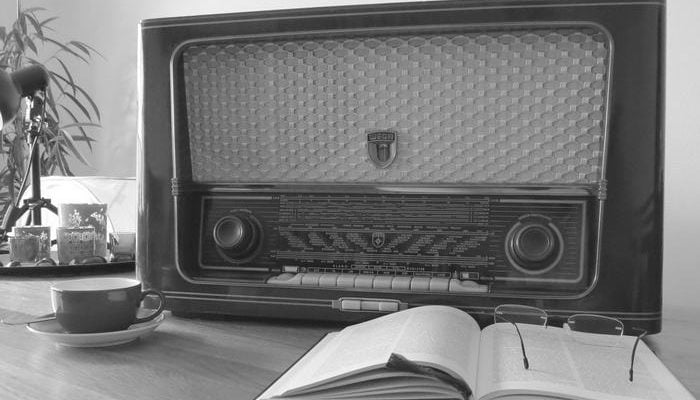The Victorian era, a period of tremendous innovation and change, has left us with a lasting legacy of progress and advancements. This transformative era, named after Queen Victoria, marked the pinnacle of the Industrial Revolution and brought an outpouring of ingenious creations that still influence our lives today. During this time, the Victorian inventions were born, and their impact is still felt in our day-to-day lives.
The Victorian era technology represents a time of great intellectual curiosity and problem-solving. The inventors of the period were not just interested in creating new technologies but sought to address societal issues, making life more comfortable and efficient for everyone. This rich period in history was characterized by the desire for progress and improvement, leading to significant advancements in various fields, from medicine to transportation.
Communication, transportation, and even household chores. All areas of life experienced a seismic shift due to Victorian inventions. In this piece, we’re stepping into the shoes of a 19th-century individual. And exploring the top 10 inventions from the era that still play a crucial role in our lives today.
10 – Radio

In the year 1895, a young Italian inventor, Guglielmo Marconi, made a breakthrough. It was the birth of the radio. This revolutionary device changed how people across the world communicated and received news. Suddenly, information could be instantly shared, connecting people in a way that was never thought possible. No longer were letters the only way to communicate over vast distances. The radio gave the world its voice and brought people together, regardless of location.
Today, we continue to enjoy the legacy of Marconi’s ingenious invention. Whether it’s the morning news, our favorite music, or emergency broadcasts, the radio remains a staple in our lives.
09 – Stamps
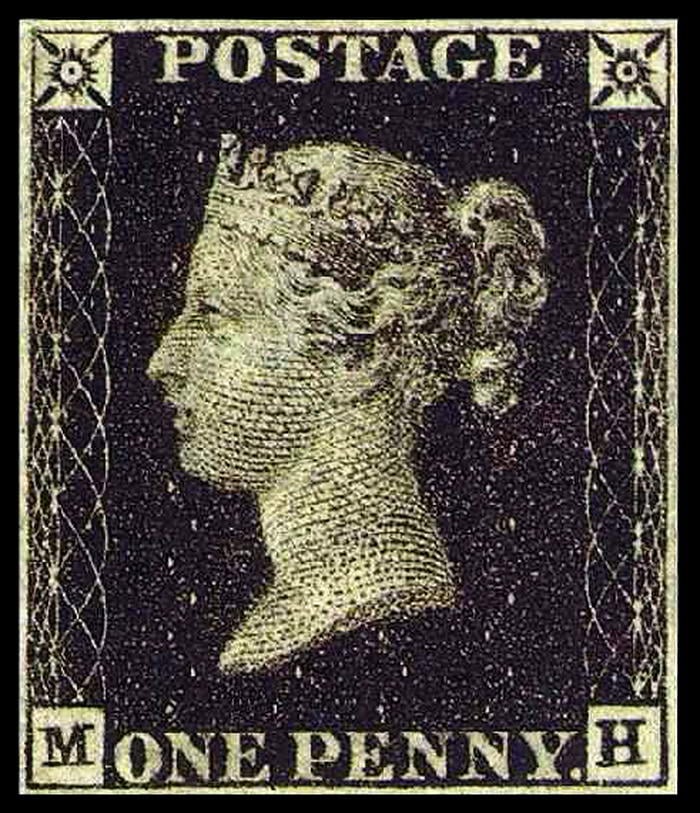
Before this, recipients had to pay upon delivery, often leading to refused letters. However, with the introduction of the prepaid stamp, mail delivery became a reliable service. Today, stamps are not only functional but collectible, each one a miniature work of art, telling stories of the country it comes from.
08 – Easter eggs

The exchanging of patterned, painted eggs at Easter time has been around for thousands of years. But we have the Victorians to thank for the existence of chocolate Easter eggs. The very first chocolate Easter egg was made by British chocolatier J.S. Fry in 1873 – little did he realise how popular they would become – these days it seems as though supermarkets stock Easter eggs for months in advance! The tradition of sharing these sweet delights continues to this day, making Easter a much-anticipated event for chocolate lovers worldwide.
07 – X-rays
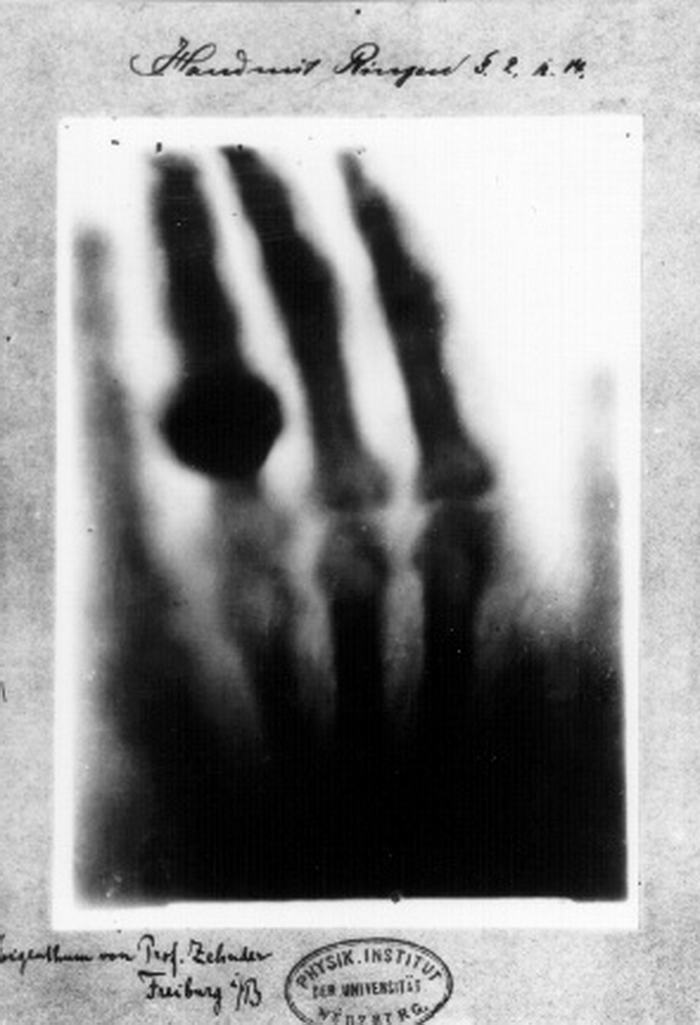
06 – Train

Although the first steam train had actually been created before Queen Victoria’s reign started, George Stephenson (the inventor) only introduced the first train for commercial purposes in 1825. This carried passengers at a much faster speed than they’d ever been able to travel before. The Germans invented the first electric trains towards the end of the Victorian era. These inventions paved the way for many of our other, more modern forms of transportation.
Steam trains offered a significant leap in speed and efficiency, cutting down the time for long-distance travel dramatically. It’s a testament to their significance that these vehicles, a key example of technology in the Victorian era, are still relied upon in the 21st century. Though the tech has evolved, the basic concept remains, reminding us of our Victorian heritage.
05 – Vacuum cleaner
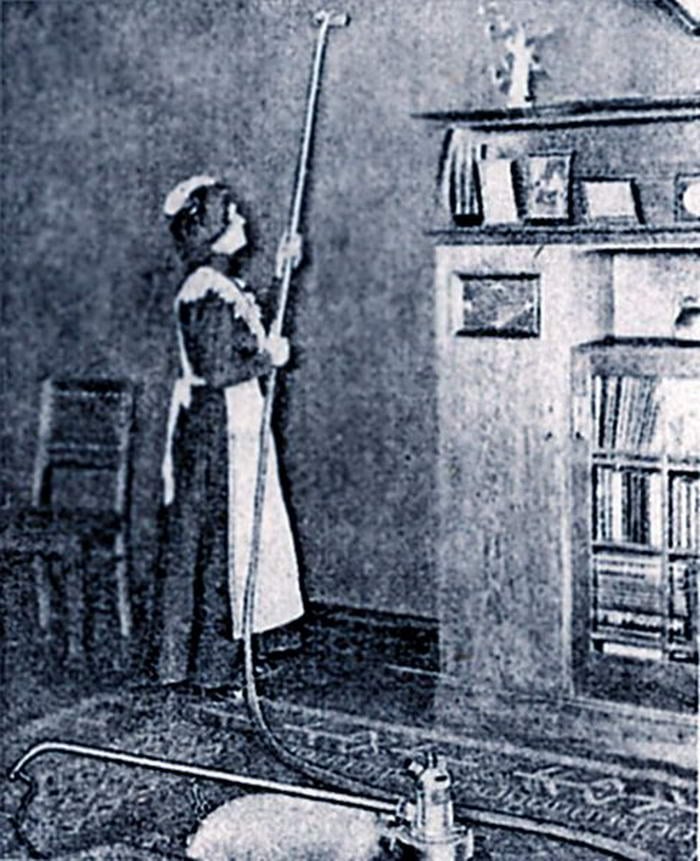
Originally, Booth’s vacuum cleaner was a large, petrol-driven unit that needed to be pulled by horses. Over time, this cumbersome device was replaced by compact, electric models. Yet, the fundamental concept hasn’t changed, showcasing the enduring power of Victorian inventions.
04 – Camera

The idea of the camera obscura had already been around for hundreds of years before the first photographic image was taken by a camera in 1826. Frenchman Joseph Niépce was the first man to do so – a process which took eight hours! Since then the elements of cameras have become so refined that we all own cameras at our fingertips, within other devices. From those very first images we now have the ability to create better-than-life-like pictures within a matter of mere milliseconds. As a crucial part of our contemporary digital lifestyle, the camera is indeed a Victorian invention we can’t live without.
03 – Light bulbs
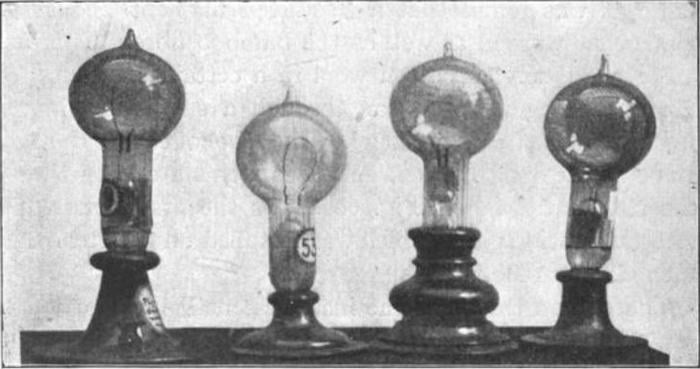
The invention of the light bulb revolutionized society, changing the way we live and work. It turned night into day, extended productive hours, and made the world a safer place. Nowadays, variations of the light bulb illuminate our cities, homes, and devices, truly shining as a beacon of Victorian era technology that we cannot live without.
02 – U-bent, Flushing toilet
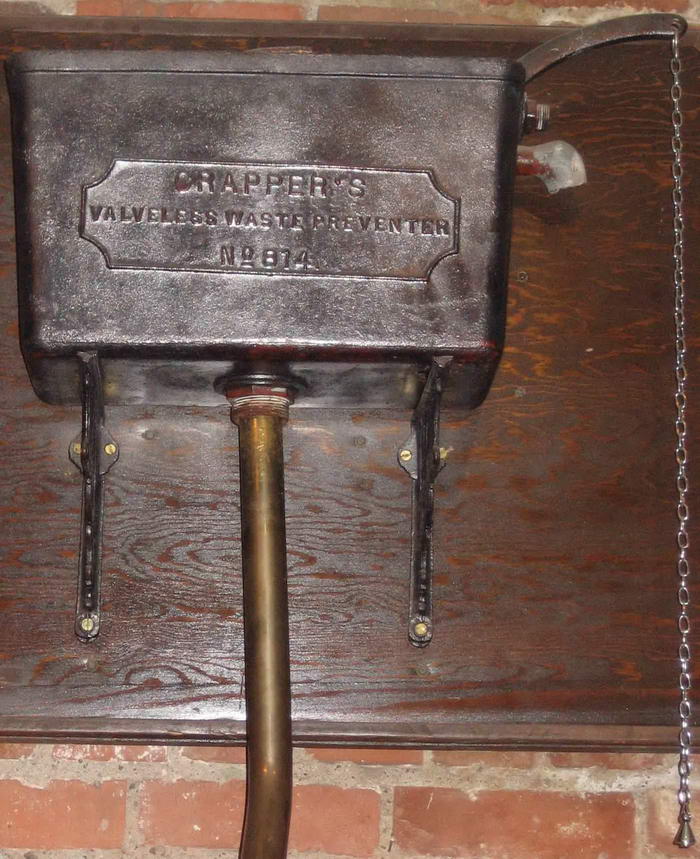
During the industrial revolution, the Victorians made huge advances in terms of cleanliness, hygiene and sanitisation. As a result, they developed the early pre-cursors to flushing toilets, to create something very practical that could be properly plumbed and installed into people’s homes. While the principle of a flushing water closet had existed since the late 16th century, it was Victorian plumber, Thomas Crapper, who popularized the use of the flushing toilet.
Crapper’s version was more sanitary and convenient than its predecessors. It not only improved public health but also contributed significantly to the overall quality of life. Today, we still use evolved versions of Crapper’s design, making the flushing toilet an indispensable Victorian invention.
01 – Telephone
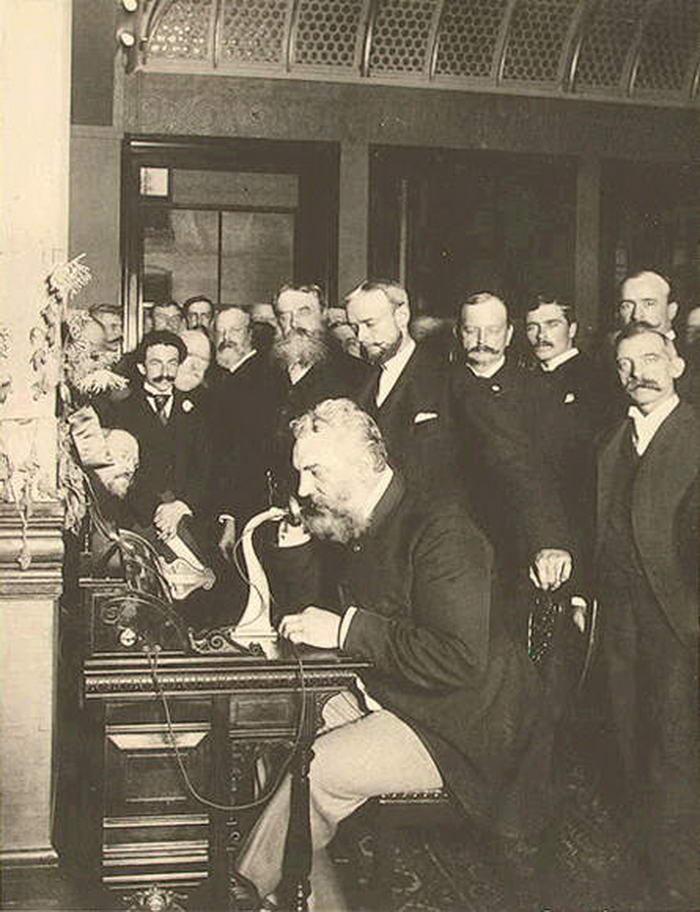
Since then, millions of telephone conversations have been held around the world. Today, telephones have evolved into mobile devices, connecting us to the internet and offering a wide range of services. Yet, their core purpose remains the same: voice communication. As such, the telephone is a Victorian invention we continue to rely upon daily.
Every single day, we make use of some form of technology in the Victorian era, cementing its influence and importance in our lives. The contributions from the Victorian inventor serve as a potent reminder of the power of innovation and the significant impact a single idea can have on humanity.
The Victorian inventions have not only stood the test of time, but they have also adapted and evolved to fit the ever-changing landscape of the modern era. So, the next time you flip on a light switch or make a phone call, remember the Victorian era – a time that truly invented the future. The Victorian era, undoubtedly, changed the face of the world. A brilliant testament to how innovation can shape the course of human history.


